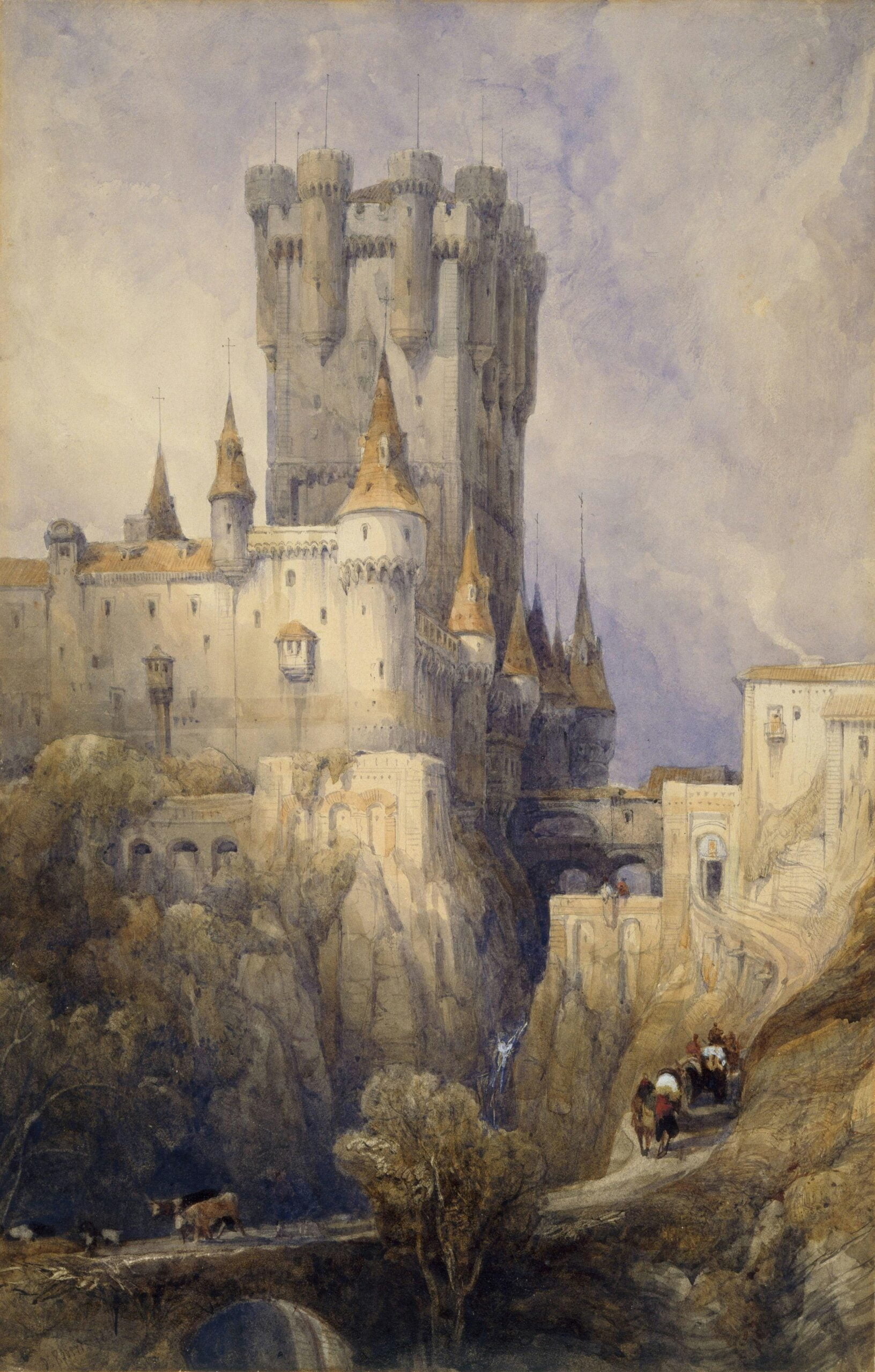In the realms of art and literature, symbolism adds layers of depth and meaning that transcend mere words and images. It invites the perceptive soul on a journey beneath the surface, where hidden treasures lie waiting to be discovered. In this listicle, we present 7 Brilliant Ways to Decipher Symbolism in Art and Literature, guiding you through the labyrinthine pathways of creative expression. Whether you’re a seasoned connoisseur or just beginning your voyage into these intricate worlds, you’ll find invaluable insights that unveil the secrets embedded in every brushstroke and paragraph. Prepare to enhance your interpretive skills and appreciate the richness of symbolism with newfound clarity and wonder.
- Pay Attention to Context: Both historical and cultural contexts play pivotal roles in understanding symbolism. What seems ordinary today might have held profound significance in the past. Explore the era of the artwork or text creation.
- Interpret Colors: Colors are powerful conveyors of meaning. In Western art, for example, blue might signify tranquility, while red often symbolizes passion or danger. Notice the hues used and their potential implications.
- Identify Recurring Symbols: Repetition of certain objects or motifs often indicates deeper meaning. For instance, frequent references to a particular animal might suggest specific traits or ideas. Compile a list and look for patterns.
| Symbol | Common Meaning |
|---|---|
| Rose | Love, beauty |
| Crow | Omen, magic |
| Lotus | Purity, enlightenment |
- Examine Titles and Names: Titles and character names are often laden with symbolic weight. Unpack the etymology or historical references behind them for hidden meanings.
- Utilize Symbolism Dictionaries: Comprehensive resources like symbolism dictionaries can shed light on obscure symbols. They are useful for cross-referencing and confirming your hypotheses.
- Consider the Artist’s Background: An artist or author’s personal experiences, beliefs, and influences can imbue their work with symbolic meaning. Delving into their biography can provide significant insights.
- Engage with Other Interpretations: Reading literary critiques and art analyses can open up new perspectives. Sometimes, the broader scholarly conversation offers interpretations you might not have considered.
Final Thoughts
And there you have it—7 brilliant strategies to unlock the hidden layers of symbolism in art and literature. Whether you’re unearthing the allegorical depths of a classic painting or untangling the intricate metaphors of a beloved novel, these tools are your key to a richer, more nuanced understanding. So go ahead and let your curiosity guide you, transforming mere observation into insightful exploration. The world of symbols awaits; all you need to do is take that first step into its mesmerizing, multifaceted realm. Happy deciphering!
